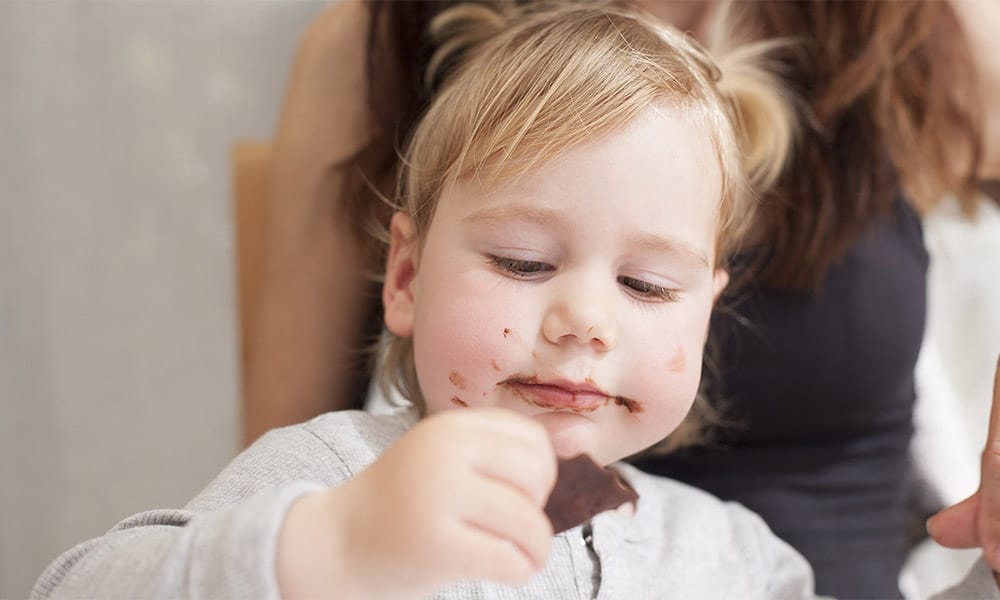Wellness
How to Talk to Your Kids About Sugar
“Aunt Emelie, why is sugar bad for me?”

I teach courses about sugar, but when my five-year-old niece asked me, “Aunt Emelie, why is sugar bad for me?”, I realized that I didn’t have a simple answer for her.
That question started me on a journey. I realized that if I, who regularly teach about sugar, couldn’t come up with a simple answer for my niece, how are parents supposed to explain it to their kids?
It’s so easy for us to say, “you can’t have that; it has sugar in it.” But I think there’s a better way. I believe we can empower children with the simple knowledge they need to make better choices.
Start with “why.”
Understanding and owning my own “why” was so important when I quit sugar almost ten years ago. So, I felt it was equally important for me to fully and honestly answer my niece’s “why.”
A few months and many hours later, that answer came as my first children’s book, The Sugar Story.
I wanted to make sure she knew that sugar wasn’t bad, but that we are using it in a bad way.
Through The Sugar Story, I start by helping her understand that sugar’s original purpose was to let her body know that fruits and vegetables make her healthy and strong.
But when sugar is taken out of fruits and vegetables and made into sweets, sugar continues to tell her body that this food is good for you, but it’s a lie. All the good is gone.
Give your child the tools.
When we understand that sugar is being used in the wrong way, we can begin talking about the right way to use it.
Balancing our blood sugar is so important for us both physically and emotionally. This is even more important for children as their bodies are affected even more by sugar.
When eating fruit that contains more sugar, encourage your kids to eat it together with fat, protein, or after a meal. A banana with nut butter, an apple with cheese, or blueberries with coconut. This is a fun and easy way to help your child balance their blood sugar.
When you help your child regularly avoid high blood sugar spikes (and crashes!), it will help them better listen to their body and understand when they do eat too much sugar. Our bodies let us know when we eat too much sugar, but if we do it too often, we start missing the message.
Make it fun!
Our attitude towards fruits and vegetables says a lot to our children. Let’s be excited about fruits and vegetables!
One of the recipes at the end of The Sugar Story is a frozen banana cut in half on a Popsicle stick. My two-year-old nephew goes crazy over these, and it’s just a frozen banana.
Take a minute to think like a kid. Be amazed by the wide variety of fruits and vegetables we have today. Be mindful of all the colors, aromas, textures and flavors.
And enjoy a recipe from the sugar story: